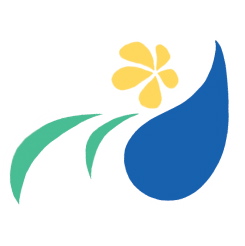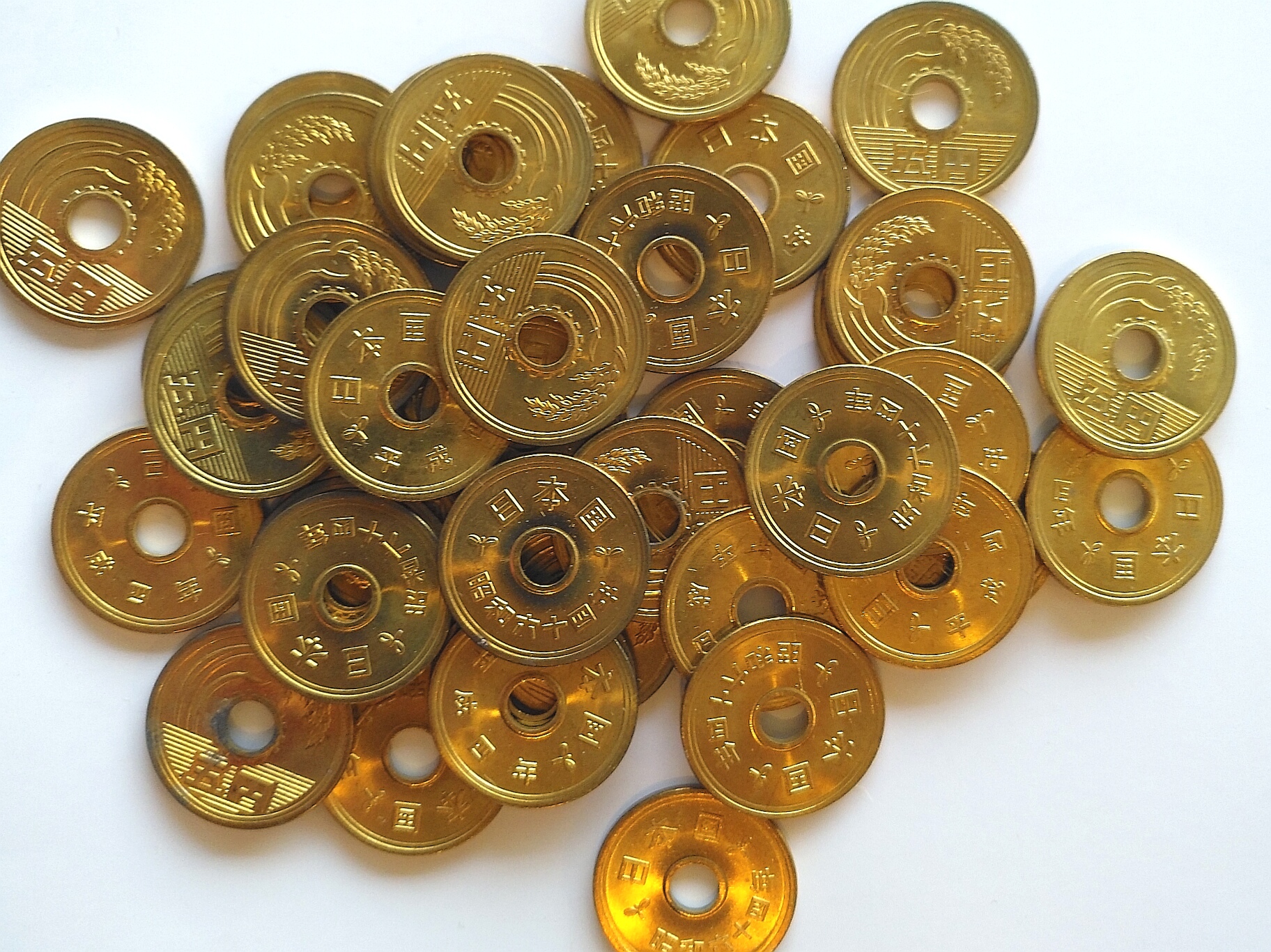One of the new themes in Sogetsu Textbook 5 is called "Using Various Locations" (場を探す)which challenges us to seek out non-traditional locations to place an ikebana arrangement.
Above the kitchen sink in our little studio, there is a small ledge where we'd normally put tea canisters, dishwashing detergent, etc. This would be a great place to provide a little enjoyment to the person opening the cupboards! (Of course, care was taken so that the flowers will not impede the cupboard doors.)
Here is the whole arrangement.
I hope you like it. --Miyako





